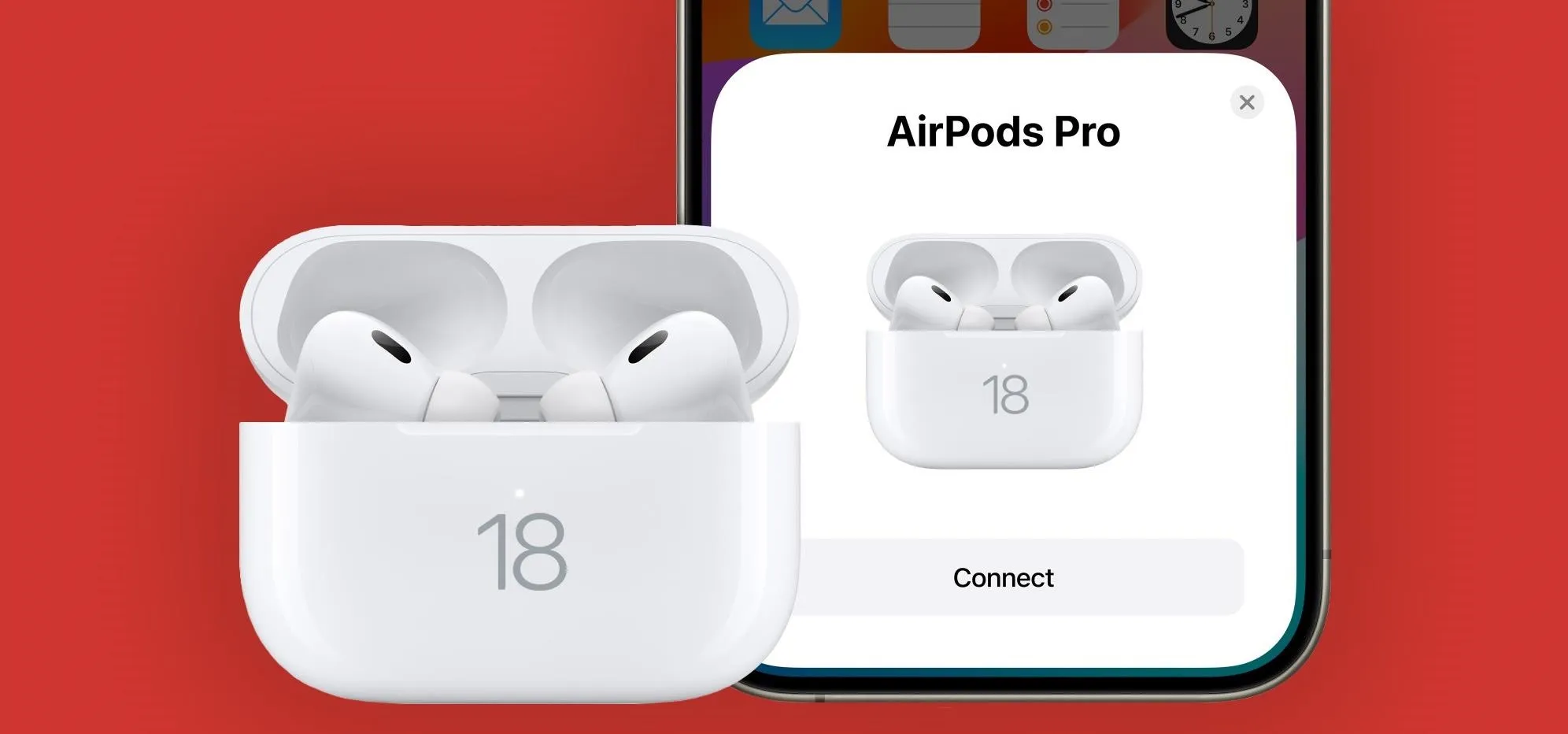Reviewed by Julianne Ngirngir
Ever been stuck in a conversation where you're nodding along but understanding maybe 30% of what's being said? Your AirPods are about to solve that problem in a pretty remarkable way. Bloomberg's Mark Gurman reports that Apple is bringing live translation directly to AirPods later this year—a feature that could transform how we handle language barriers in everything from business meetings to family gatherings.
The setup sounds almost magical: someone speaks Spanish, you hear English in your AirPods. You respond in English, and your iPhone plays back the Spanish translation. Apple is planning to tie this feature to iOS 19, making real-time conversation translation as simple as having your earbuds in. Better yet, existing AirPods models will gain the feature since the heavy lifting happens on your paired iPhone.
What makes this different from Google Translate?
Let's be blunt—Apple isn't exactly breaking new ground here. Google brought this feature to its very first Pixel Buds in 2017, and they've been refining it for years. Google Pixel Buds currently support 40 languages with their "Hey Google, help me speak…" command.
But here's where Apple's approach gets compelling: seamless integration meets privacy-first processing. The feature will integrate with the iPhone's Translate app, but now it's baked directly into your everyday communication flow—no separate app launches, no special voice commands, just natural conversation enhanced by your AirPods.
The real differentiator? All translation occurs on-device, keeping sensitive business negotiations, medical conversations, and personal discussions truly private. While Google's solution processes audio in the cloud, Apple's on-device foundation models handle everything locally on your iPhone. For diplomats, healthcare workers, or anyone discussing confidential matters across languages, this privacy advantage is genuinely significant.
The tech behind your new multilingual superpower
Here's what makes this work: Apple Intelligence, powered by Apple's on-device foundation models, transforms your iPhone into a sophisticated interpreter. The process differs from typical batch translation by happening in real-time—your iPhone detects spoken audio as it's happening, processes the translation immediately, and streams results to your AirPods with minimal delay.
The iPhone will detect spoken audio and translate it, sending results directly to your AirPods, while your responses get translated back through the iPhone's speaker. This creates a natural conversation flow where both parties can maintain eye contact and body language cues that make communication feel more authentic.
For AirPods Pro users, things get even more interesting. The feature could get exclusive perks on AirPods Pro 3 thanks to its new H3 chip, potentially offering faster processing, reduced latency, or support for more complex linguistic nuances that require additional computational power.
What languages can you actually use?
Don't expect Google Translate's massive language library right away. Early reports suggest Apple will start focused and expand strategically. The Galaxy Buds3 Pro supports over a dozen languages including Chinese, French, English, German, Japanese, Korean, Spanish, and Thai—so expect Apple to match or exceed that baseline for major global languages.
This conservative approach connects to Apple's broader strategy in the growing translation market. Real Time Translator Earbuds Market is projected to reach $3.5 billion by 2031, growing at 20% annually. Rather than rushing to support every dialect, Apple's quality-over-quantity approach positions them to capture premium market share by nailing the languages that matter most to their user base. More languages will be added by the end of 2025, following Apple's typical pattern of launching solid foundations and expanding based on user demand.
When can you actually try this?
The feature will arrive as part of an AirPods software upgrade later this year, tied to iOS 19's release. If Apple follows their usual pattern, expect the iOS 19 announcement at WWDC in June, with the feature rolling out in fall 2025.
The timeline looks promising based on current beta activity. Apple just released a new firmware build for AirPods Pro 2 and AirPods 4 to beta testers, showing they're actively pushing significant functionality updates through firmware. The current beta includes sleep detection and camera remote functionality, proving Apple can deliver complex features this way.
Here's a key consideration many are missing: you won't need special AirPods since translation processing happens on your iPhone. However, you will need a compatible iPhone with sufficient processing power to handle real-time AI translation, which could limit the feature to newer iPhone models.
Why this actually matters for your daily life
Translation earbuds aren't revolutionary—Google nailed this in 2017. But Apple's execution could bridge the gap between impressive demo and daily utility. Consider the practical scenarios: a doctor explaining treatment options to non-English speaking patients, a contractor negotiating with international suppliers, or grandparents connecting with multilingual grandchildren.
AirPods account for nearly 35% of US market share, creating powerful network effects. When translation capability lives in earbuds people already own and wear, it removes the friction that kills adoption of specialized translation devices. More importantly, live translation will be yet another reason to keep wearing your AirPods—even when you're not listening to anything.
This joins Apple's broader transformation of AirPods from audio accessories to essential communication tools. Recent AirPods updates include studio-quality recording, enhanced call quality, and sleep detection. The pattern is clear: Apple envisions AirPods as all-day wearables that enhance human interaction in multiple dimensions.
PRO TIP: If you're in a multilingual environment regularly, start getting comfortable with your iPhone's current Translate app now. The translation feature will build on this foundation, so familiarity with the interface and language options will help you hit the ground running when live translation launches.
The bigger picture: where do we go from here?
Apple's translation feature represents something larger: the evolution of AirPods from audio accessories to essential communication tools. iOS 19 is expected to be one of the most dramatic software overhauls in Apple's history, with AirPods clearly central to that ambient computing vision.
The privacy-first approach gives Apple sustainable competitive advantages beyond just marketing. While cloud-based translation improves through shared data, Apple's local processing means your sensitive conversations—whether they're about medical conditions, business strategies, or family matters—never leave your device. For professionals working across borders or families navigating multilingual dynamics, this trust factor could be decisive.
The broader implications point toward AirPods becoming invisible interfaces for augmented communication. Today it's translation; tomorrow it could be real-time fact-checking, emotional tone analysis, or contextual information about the people you're meeting. Apple is building the infrastructure for AirPods to enhance human conversation in ways we're just beginning to imagine.
Will this feature work flawlessly on day one? Probably not—real-time translation remains technically challenging, especially for nuanced conversations with cultural context, idioms, or technical jargon. But Apple's pattern of launching focused and iterating quickly suggests they'll improve rapidly. Live translation, for users in multilingual environments, will be yet another reason to keep wearing your AirPods—and honestly, that future of seamless human connection across language barriers sounds pretty compelling.











Comments
Be the first, drop a comment!